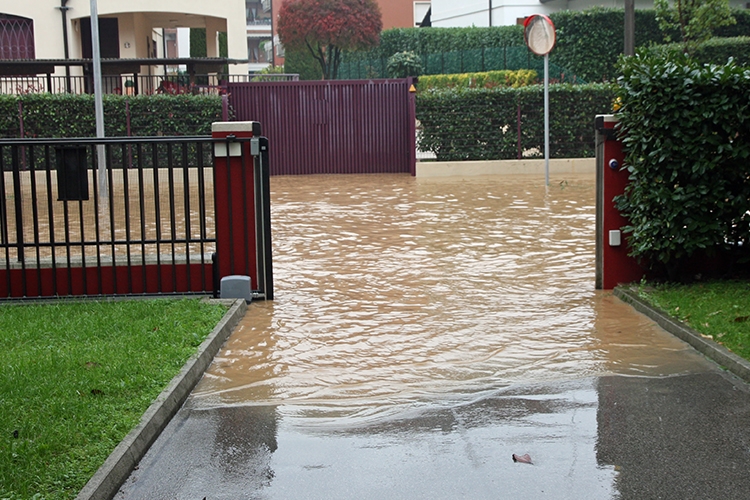By Skot Penfold, head of building consultancy services, New Zealand
More than one year ago, heavy rainfall caused widespread flooding in Westport, New Zealand. Swollen rivers burst their banks, and floodwaters cascaded right across the Buller District — damaging properties, roads and surrounding farmland. More than 2,000 people were evacuated from 826 properties in the area.
Handling 151 claims in Westport alone, our loss adjusters were quickly on the scene and assisted during the first few days as customers came to terms with the significant impact of the event. Our building consultancy team was also on site and began looking at how we could scope this large volume of claims and efficiently secure costings from contractors. Shortly after, New Zealand went into its second lockdown — introducing additional challenges.
One portfolio
Previous storm events in the North Island had already put pressure on repair and restoration resources, where progress was hindered by the first COVID-19 lockdown restrictions. With another surge of claims entering the system, we had to adopt more efficient ways of managing the substantial number of residential flood claims.
The total portfolio value was NZ$16 million.
Our building consultancy team came up with an unusual idea to manage these claims as one project — reporting back to our insurer client on a portfolio of work rather than on each individual property. This approach had several benefits, one being that it freed up the loss adjusters time to manage other complex aspects of the response.
Supply chain issues
A specialist project manager on our team was appointed to oversee our response and engage with the homeowners, loss adjusters and contractors to manage everything from scopes, costings, programming, associated timeframes and delivery.
In most large-scale flood events, the nature and extent of damage and reinstatement requirements are similar for each property, however, COVID interrupted progress. This resulted in supply chain issues, so there were additional difficulties in sourcing certain common items, particularly plasterboard, kitchen joinery and carpets. To ensure we had everything required to commence and complete the work, we collaborated with suppliers, contractors and subcontractors to secure availability of material and resource.
The Westport community is isolated on the coast with limited choices for temporary accommodation. This introduced additional challenges related to minimising interruption and ensuring repairs and reinstatements were completed as quickly as possible. Time was of the essence. Many people in the community had to move in with friends and family while their homes were uninhabitable due to the extent of flood damage. We worked closely with our main insurer client and residential advisory services, both of whom understood the challenges we faced, but proactively focused on finding solutions to many of the challenges we all faced in that environment.
Contractors collaborated
The second lockdown created further impediments and we got off to a slow start. Seeking special dispensation to commence the strip-out process and having suitably skilled contractor resource deployed and available was initially difficult. However, once we overcame the initial challenges and contracts were signed, we regularly arranged joint meetings to reassure homeowners of the reinstatement programme and kept them informed of the progress.
We worked with nine different building contractors and a range of local suppliers, all of whom embraced our ‘one portfolio’ approach. The contractors worked together and discussed challenges openly, sharing information, skilled subcontractors, and other resources. Smaller contractors felt supported, and everyone was keen to work together and support the community by getting the job done.
Power of one
One portfolio of work, with a common purpose, enabled us to report to insurer clients holistically, and it provided one point of contact for all claims. All project related interaction was managed and resolved through a single point of contact. The real beneficiaries of this approach were the customers and broader community. Our consolidated buying power helped secure materials that were in short supply. An important aspect of the “one project” approach empowered an efficient reinstatement programme that put customers back into their homes in the shortest possible timeframe.
The blueprint for success
Flash forward 16 months and 92% of the claims we received have been settled. The few that remain outstanding are due to specific finishes requested by customers, such as bespoke kitchens. With one specialised project manager overseeing the entire portfolio of work we maintained consistency and ensured all stakeholders were kept informed and updated throughout the progress of repairs. The feedback has been entirely positive – from insurer clients, adjusters, contractors and customers. Our approach proved successful, and we will aim to recreate this approach in future events. For more information about Sedgwick’s building consultancy services, visit our website.

